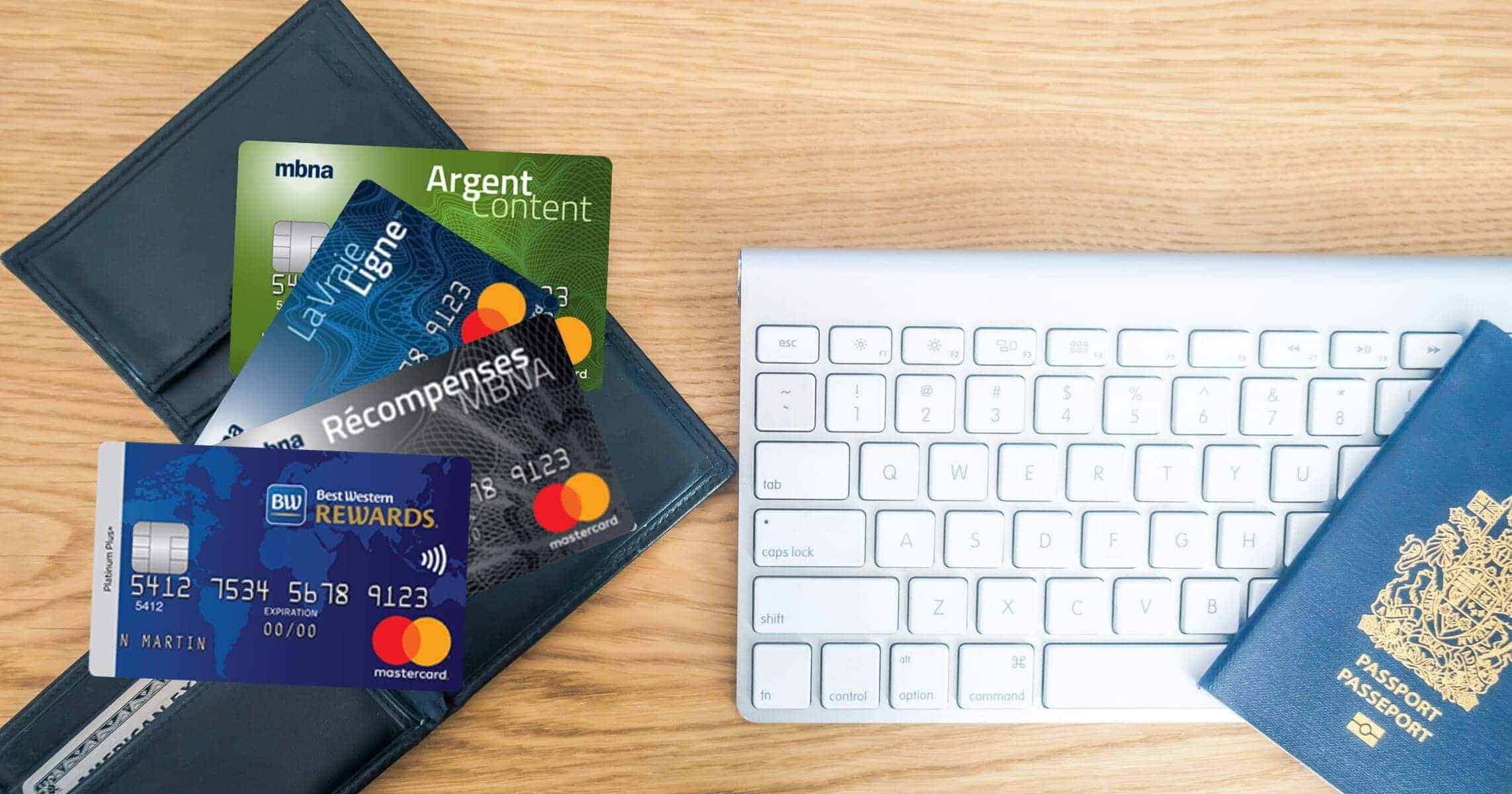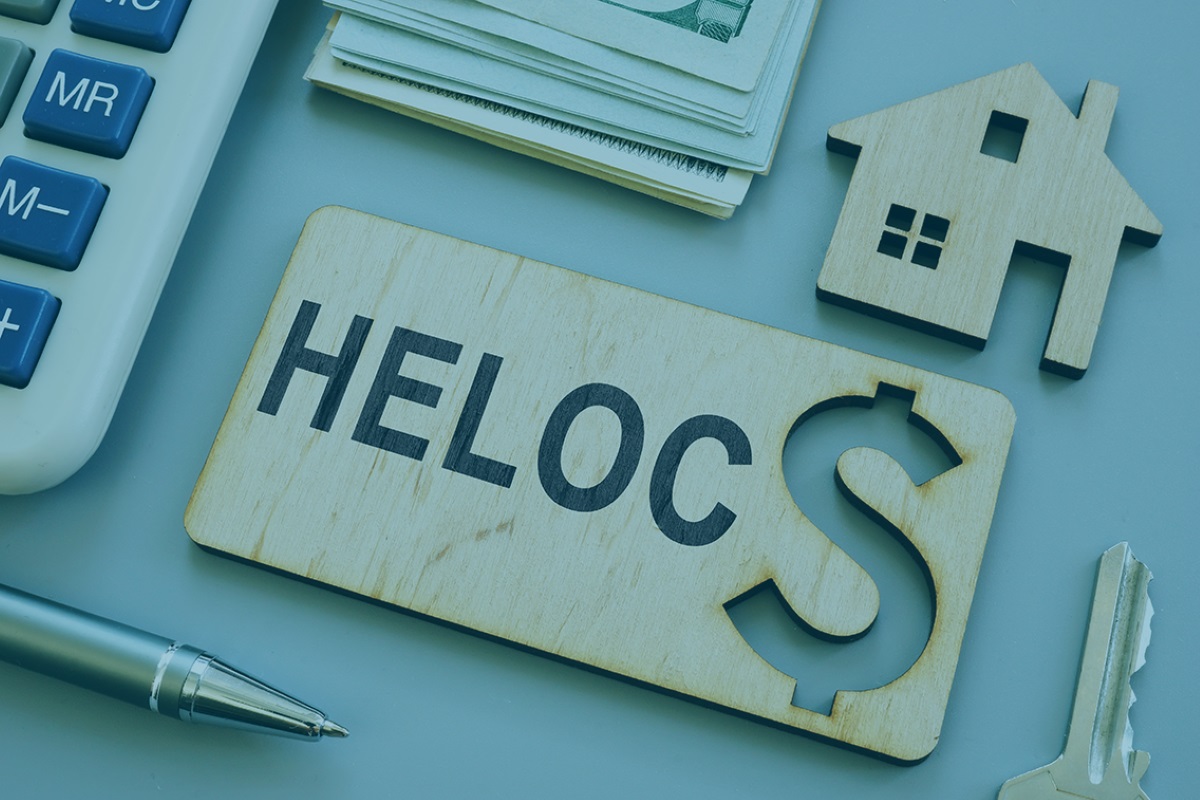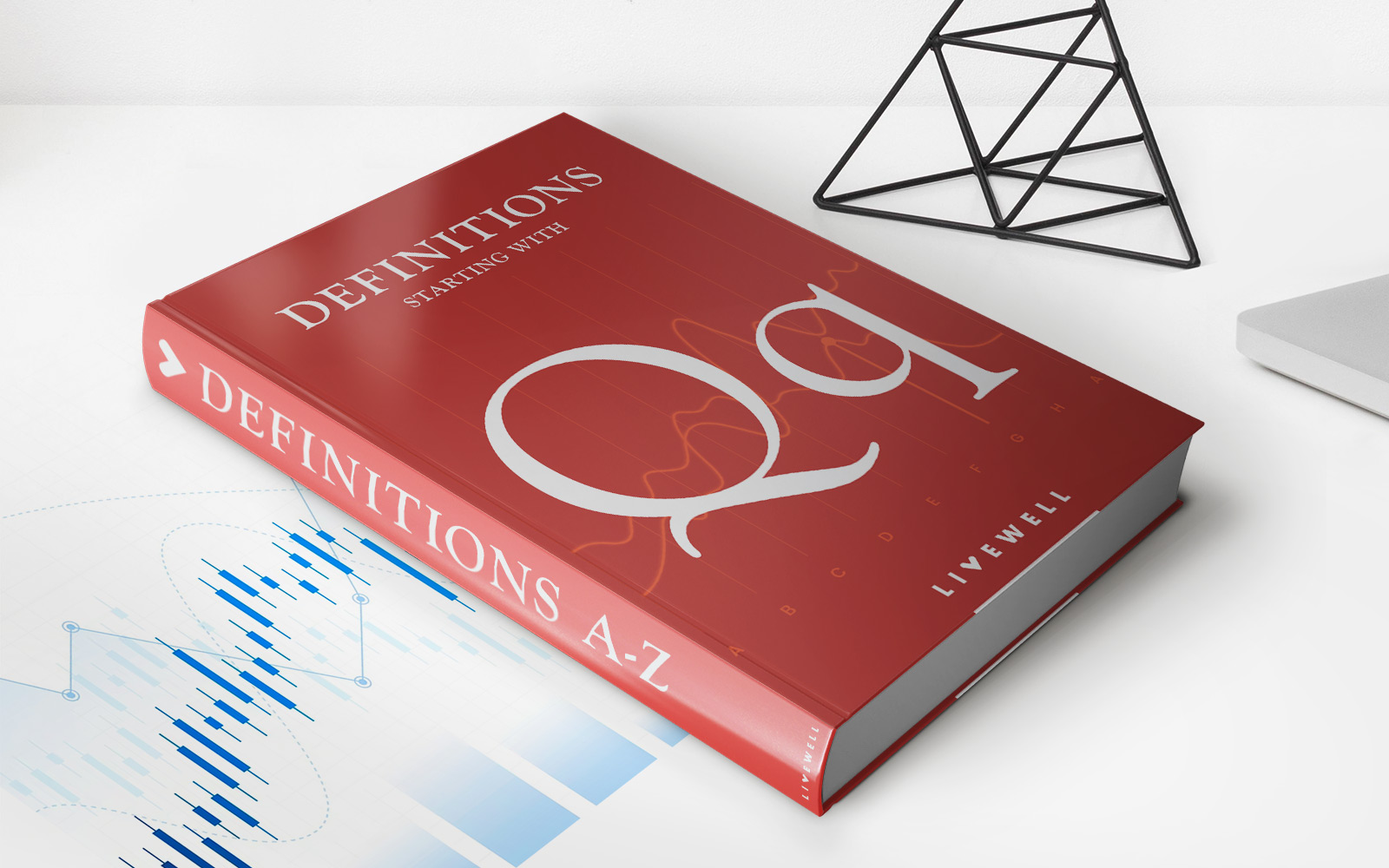

Finance
What Is The Minimum Payment On Barclaycard
Published: February 27, 2024
Learn about the minimum payment on Barclaycard and how it affects your finances. Find out how to manage your finances effectively.
(Many of the links in this article redirect to a specific reviewed product. Your purchase of these products through affiliate links helps to generate commission for LiveWell, at no extra cost. Learn more)
Table of Contents
Introduction
Understanding the minimum payment on your Barclaycard is crucial for managing your finances effectively. This essential aspect of credit card ownership directly impacts your financial well-being, influencing your credit score and overall debt management. By comprehending the nuances of minimum payments, you can make informed decisions that align with your financial goals.
Navigating the world of credit card payments can be complex, especially when it comes to deciphering the minimum amount due. Many individuals are unaware of the significance of this seemingly innocuous figure, often underestimating its impact on their financial standing. However, delving into the intricacies of minimum payments can shed light on their far-reaching implications.
Understanding the minimum payment on your Barclaycard is crucial for managing your finances effectively. This essential aspect of credit card ownership directly impacts your financial well-being, influencing your credit score and overall debt management. By comprehending the nuances of minimum payments, you can make informed decisions that align with your financial goals.
Navigating the world of credit card payments can be complex, especially when it comes to deciphering the minimum amount due. Many individuals are unaware of the significance of this seemingly innocuous figure, often underestimating its impact on their financial standing. However, delving into the intricacies of minimum payments can shed light on their far-reaching implications.
Understanding the minimum payment on your Barclaycard is crucial for managing your finances effectively. This essential aspect of credit card ownership directly impacts your financial well-being, influencing your credit score and overall debt management. By comprehending the nuances of minimum payments, you can make informed decisions that align with your financial goals.
Navigating the world of credit card payments can be complex, especially when it comes to deciphering the minimum amount due. Many individuals are unaware of the significance of this seemingly innocuous figure, often underestimating its impact on their financial standing. However, delving into the intricacies of minimum payments can shed light on their far-reaching implications.
Understanding Minimum Payments
Minimum payments represent the lowest amount a cardholder must pay toward their credit card balance each month to maintain their account in good standing. While this may seem straightforward, the implications of minimum payments are often underestimated. It’s crucial to recognize that making only the minimum payment can lead to long-term financial repercussions, including increased interest payments and prolonged debt repayment.
When cardholders make only the minimum payment, a significant portion of their payment goes toward covering the interest accrued on the outstanding balance, with only a small fraction contributing to reducing the principal amount owed. This perpetuates a cycle of debt, as the overall balance decreases at a much slower rate than if larger payments were made.
Furthermore, by understanding the concept of minimum payments, cardholders can gain insight into the financial mechanisms at play. This knowledge empowers individuals to make informed decisions about their credit card usage and payment strategies, ultimately contributing to improved financial well-being.
It’s important to note that minimum payments are calculated based on various factors, including the outstanding balance, interest rate, and any fees or charges incurred. By comprehending these underlying components, cardholders can grasp the rationale behind their minimum payment amount and its impact on their overall financial picture.
Moreover, understanding minimum payments can serve as a catalyst for proactive financial management. By recognizing the potential pitfalls of making only the minimum payment, individuals are encouraged to explore alternative payment strategies that align with their long-term financial goals.
Factors Affecting Minimum Payment
Several key factors influence the calculation of the minimum payment on a Barclaycard, each playing a significant role in determining the amount due each month. Understanding these factors is essential for cardholders seeking to manage their finances effectively and make informed decisions regarding their credit card payments.
1. Outstanding Balance: The outstanding balance on the credit card directly impacts the minimum payment amount. As the balance increases, the minimum payment also rises, reflecting the higher amount owed to the credit card issuer.
2. Interest Rate: The interest rate, often expressed as an annual percentage, significantly influences the minimum payment calculation. Higher interest rates lead to larger portions of the minimum payment being allocated to cover the interest charges, impacting the rate at which the principal balance is reduced.
3. Fees and Charges: Additional fees and charges, such as late payment fees or over-limit fees, can contribute to an increase in the minimum payment amount. These extra costs add to the overall balance, resulting in a higher minimum payment for the subsequent billing cycle.
4. Credit Utilization: The utilization of available credit, or the ratio of the outstanding balance to the credit limit, can affect the minimum payment. Higher credit utilization may lead to an increase in the minimum payment, as it signals a greater reliance on credit and a potentially higher risk for the credit card issuer.
5. Promotional Rates: If the Barclaycard carries any promotional or introductory interest rates, the terms of these offers can impact the minimum payment calculation. Changes in the promotional rates can alter the allocation of the minimum payment between interest and principal, influencing the overall payment amount.
By considering these factors, cardholders can gain insight into the dynamics shaping their minimum payment requirements. This understanding enables individuals to assess their financial position accurately and devise appropriate strategies for managing their credit card payments in a way that aligns with their broader financial goals.
Calculating Minimum Payment
The minimum payment on a Barclaycard is typically calculated using a specific formula that considers various factors, including the outstanding balance, interest rate, and any applicable fees. While the exact calculation may vary by credit card issuer, understanding the general principles behind minimum payment determination can provide valuable insight for cardholders.
One common method for calculating the minimum payment involves considering a percentage of the outstanding balance, often ranging from 1% to 3%, and adding the accrued interest and any fees. This approach ensures that the minimum payment reflects both the outstanding balance and the associated interest charges, providing a comprehensive overview of the amount due.
For example, if the minimum payment calculation is based on 2% of the outstanding balance plus the accrued interest and fees, a cardholder with a $1,000 balance and $20 in interest and fees would have a minimum payment of $40 ($20 from the 2% calculation + $20 in interest and fees).
It’s important to note that credit card issuers may set a minimum payment floor, ensuring that the calculated minimum payment does not fall below a predetermined threshold. This safeguard aims to prevent excessively low minimum payments that could prolong the repayment period and increase the overall interest paid.
Additionally, some credit card agreements may outline specific rules for minimum payment calculation, providing transparency for cardholders regarding how their minimum payment is determined. By reviewing the terms and conditions of their Barclaycard, individuals can gain clarity on the minimum payment calculation methodology and its implications for their financial obligations.
Understanding the calculation of the minimum payment empowers cardholders to anticipate their monthly payment obligations accurately and plan their finances accordingly. By recognizing the components that contribute to the minimum payment amount, individuals can make informed decisions about their credit card usage and payment strategies, ultimately contributing to improved financial management.
Importance of Paying More Than the Minimum
While meeting the minimum payment requirement on a Barclaycard is essential for maintaining a positive payment history, it’s equally important for cardholders to grasp the benefits of paying more than the minimum amount due. By exceeding the minimum payment, individuals can unlock several advantages that contribute to their long-term financial well-being.
1. Accelerated Debt Repayment: Paying more than the minimum can expedite the process of debt repayment, allowing cardholders to reduce their outstanding balance at a faster rate. This proactive approach to debt management can lead to significant interest savings over time, ultimately helping individuals achieve financial freedom sooner.
2. Interest Savings: By making larger payments, cardholders can minimize the amount of interest accrued on their outstanding balance. This, in turn, reduces the overall cost of borrowing and can lead to substantial savings over the life of the debt. Paying more than the minimum amount can translate into tangible financial benefits through lower interest expenses.
3. Improved Credit Utilization: Exceeding the minimum payment demonstrates responsible credit management and can positively impact a cardholder’s credit utilization ratio. A lower credit utilization ratio, achieved by paying down balances more aggressively, can enhance an individual’s credit score, opening doors to better financial opportunities in the future.
4. Financial Flexibility: By reducing their outstanding credit card balance through higher payments, individuals gain increased financial flexibility. Lowering debt obligations can free up resources for other financial goals, such as saving for emergencies, investing, or making significant purchases, ultimately contributing to a more secure financial position.
5. Positive Payment Habits: Making payments above the minimum reflects a commitment to responsible financial behavior. This can strengthen a cardholder’s financial profile and cultivate positive payment habits, positioning them favorably in the eyes of creditors and financial institutions.
Understanding the importance of paying more than the minimum empowers cardholders to take control of their financial future. By embracing a proactive approach to credit card payments and debt management, individuals can pave the way for improved financial stability and long-term prosperity.
Conclusion
Understanding the minimum payment on a Barclaycard is a fundamental aspect of responsible credit card ownership. By delving into the intricacies of minimum payments, cardholders can gain valuable insights into their financial obligations and the implications of their payment choices. It’s essential to recognize that while meeting the minimum payment requirement is crucial, paying more than the minimum can yield significant benefits, including accelerated debt repayment, interest savings, and improved credit utilization.
Factors such as the outstanding balance, interest rate, fees, and credit utilization play pivotal roles in determining the minimum payment amount. By comprehending these factors, individuals can make informed decisions about their credit card payments and develop effective strategies for managing their finances.
Moreover, a proactive approach to credit card payments can foster positive financial habits and contribute to long-term financial stability. By exceeding the minimum payment and actively working toward reducing their outstanding balance, cardholders can position themselves for improved financial well-being and enhanced opportunities for achieving their financial goals.
In conclusion, the minimum payment on a Barclaycard serves as a cornerstone of responsible credit management. By understanding its significance, considering the factors that influence its calculation, and recognizing the benefits of paying more than the minimum, individuals can navigate their credit card obligations with confidence and pave the way for a brighter financial future.














